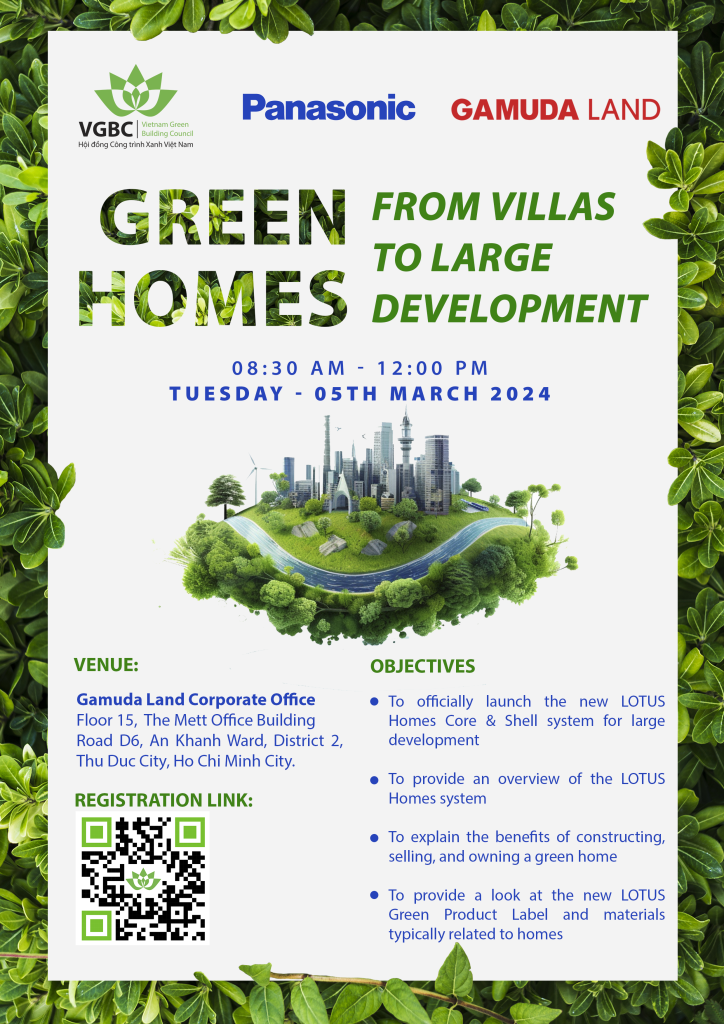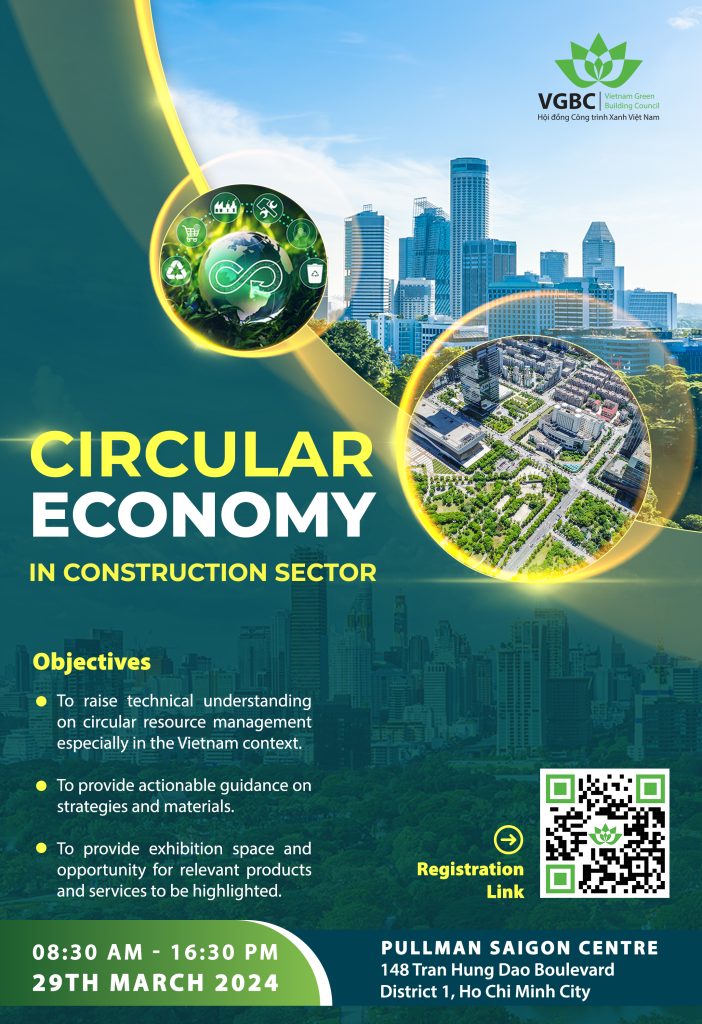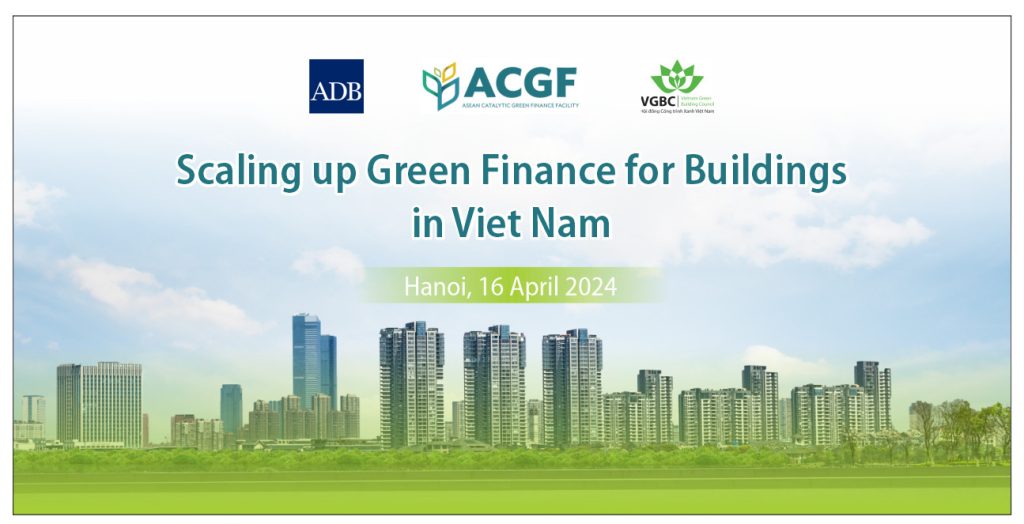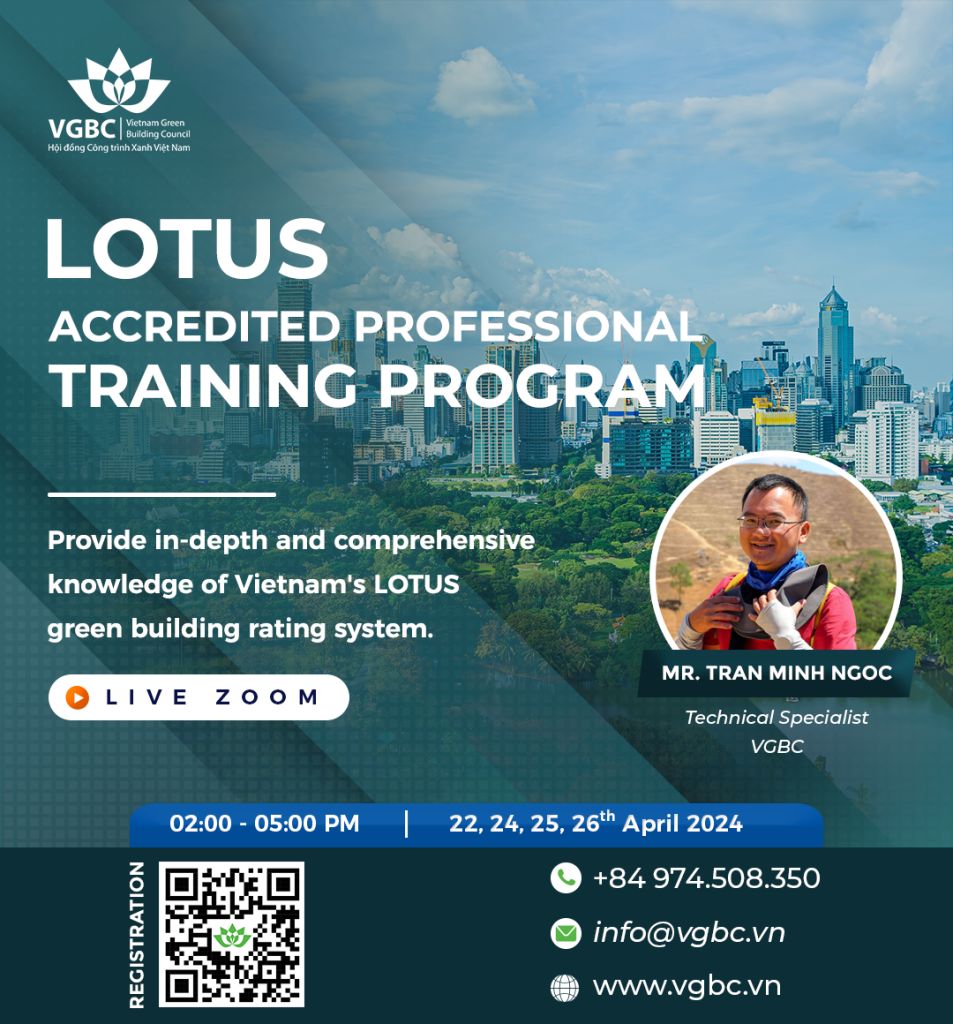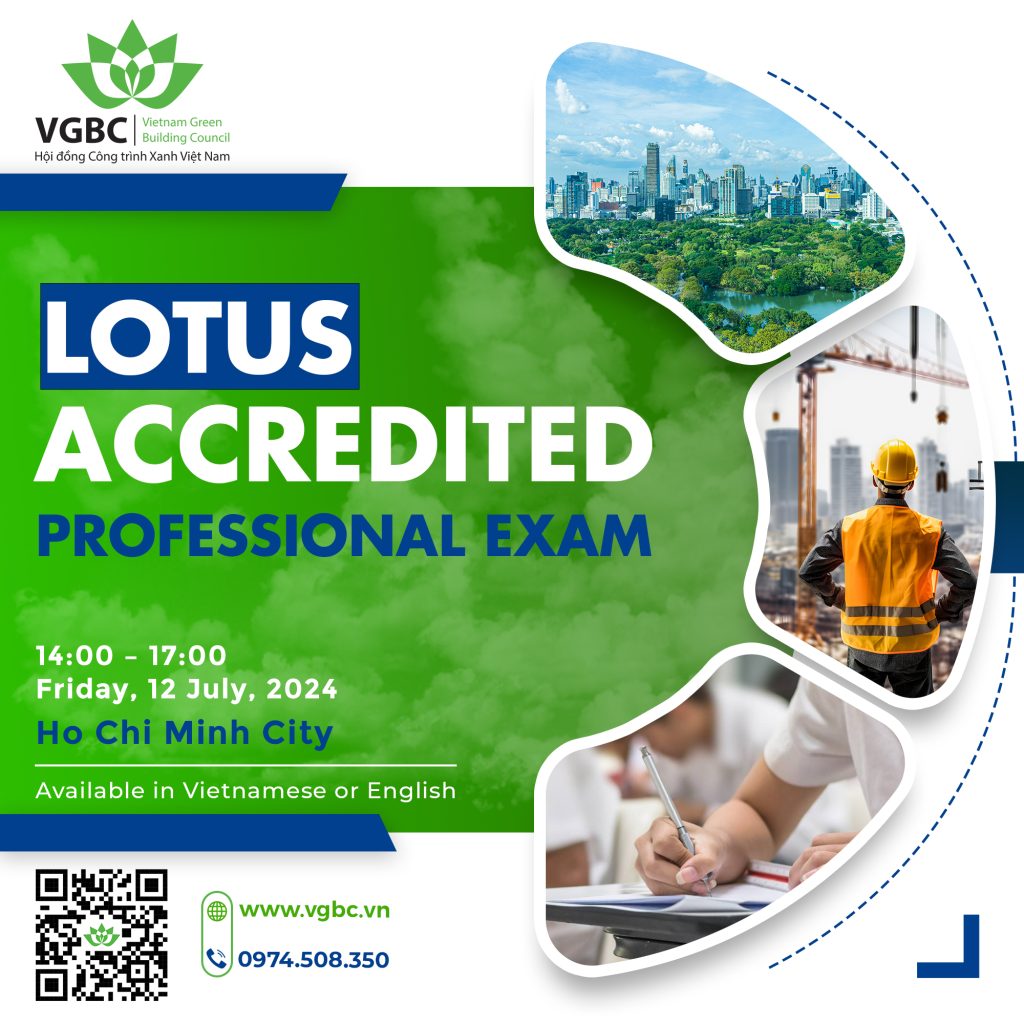The world’s fifth biggest textiles and garment exporter, Vietnam is cracking down on polluters, while foreign investors are building new factories to higher standards and using more environmentally friendly manufacturing processes.
From Tan Chau “royal silk”, used to weave traditional ao dai dresses, to bamboo fibres fashioned into lacquer housewares and more recently T-shirts and linens, to hill-tribe fabrics spun into blankets, cushions and bags by indigenous groups in its mountainous north, Vietnam has a rich history of textile craftsmanship.
In recent years the country has also become a major player in the global textile industry. In 2016, it was the world’s fifth biggest exporter of textiles and garments, according to Vietnamese media reports. With a workforce of more than 2 million in the textiles industry, and more than 6,000 garment and apparel firms in the nation, textiles was Vietnam’s largest export sector last year, according to the Vietnamese Ministry of Labour and the International Trade Administration.
Thanks to the nation’s rising reputation for quality craftsmanship and skilled workers, and the development of government-supported industrial estates offering appealing tax incentives to foreign investors, international garment manufacturers and fashion brands are increasingly looking to Vietnam as Asia’s next hub for apparel production.
Garments sector exports are expected to total US$31 billion in 2017, an increase of 10.23 per cent year on year, according to the Vietnam Textile and Apparel Association, continuing a trend of double-digit year-on-year growth.
But for an industry notorious for its carbon emissions, production of industrial waste, and an unpleasant sweatshop image, the sector is seeing major growth at a time when corporate social responsibility is also of increasing major importance. The question for Vietnam is whether it can develop its textiles industry in a sustainable, eco-friendly way.
Earlier this year, hundreds of residents of Hai Duong, an industrial city near the capital, Hanoi, staged a five-month-long protest at the Pacific Crystal Textiles mill, a joint venture between Hong Kong-based apparel makers Pacific Textiles and Crystal Group. The residents complained of foul smells and accused the factory, which counts Japanese clothing giant Uniqlo among its clients, of polluting local waters with effluent discharges. They demanded that the firm adopt more environmentally friendly standards.
The government has implemented stricter environmental protection laws, and levied stiffer fines – some of up to US$88,000 – on polluters for breaching them. Apparel makers themselves have also taken steps to clean up the industry, believing Vietnam has the potential to lead the way to greener practices in Asia.
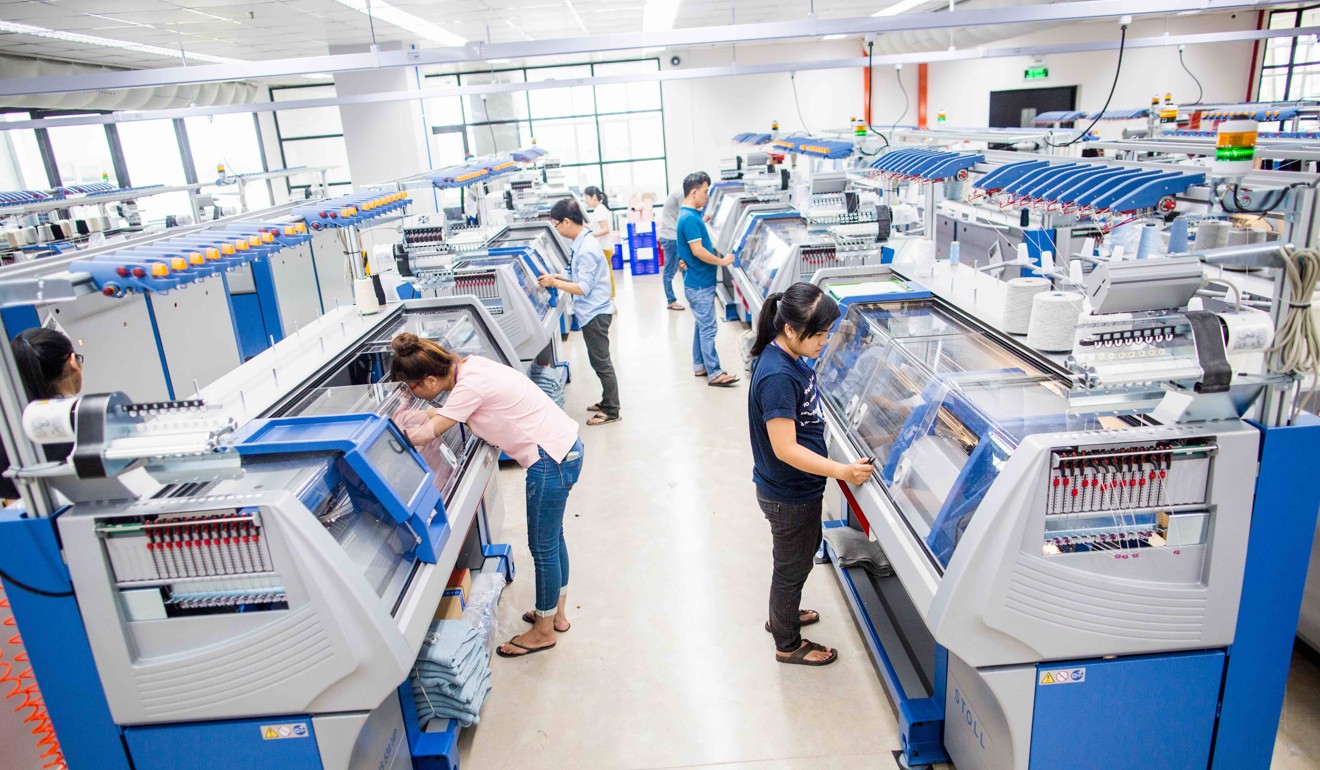
“After the [Savar building factory fire and collapse] in Bangladesh a few years ago, I wanted to show the world how a perfect factory looks,” says Thomas Hebestreit, CEO of Royal Spirit Group, a Hong Kong-based apparel maker and parent company of Deutsche BekleidungsWerke (DBW), a newly opened factory in southern Vietnam.
“The garment industry is famous for its sweatshops. We wanted to show the outside world that it’s possible to do garment manufacturing for people still under the best conditions.” DBW is, according to Hebestreit, one of the rare factories providing air conditioning throughout its premises.
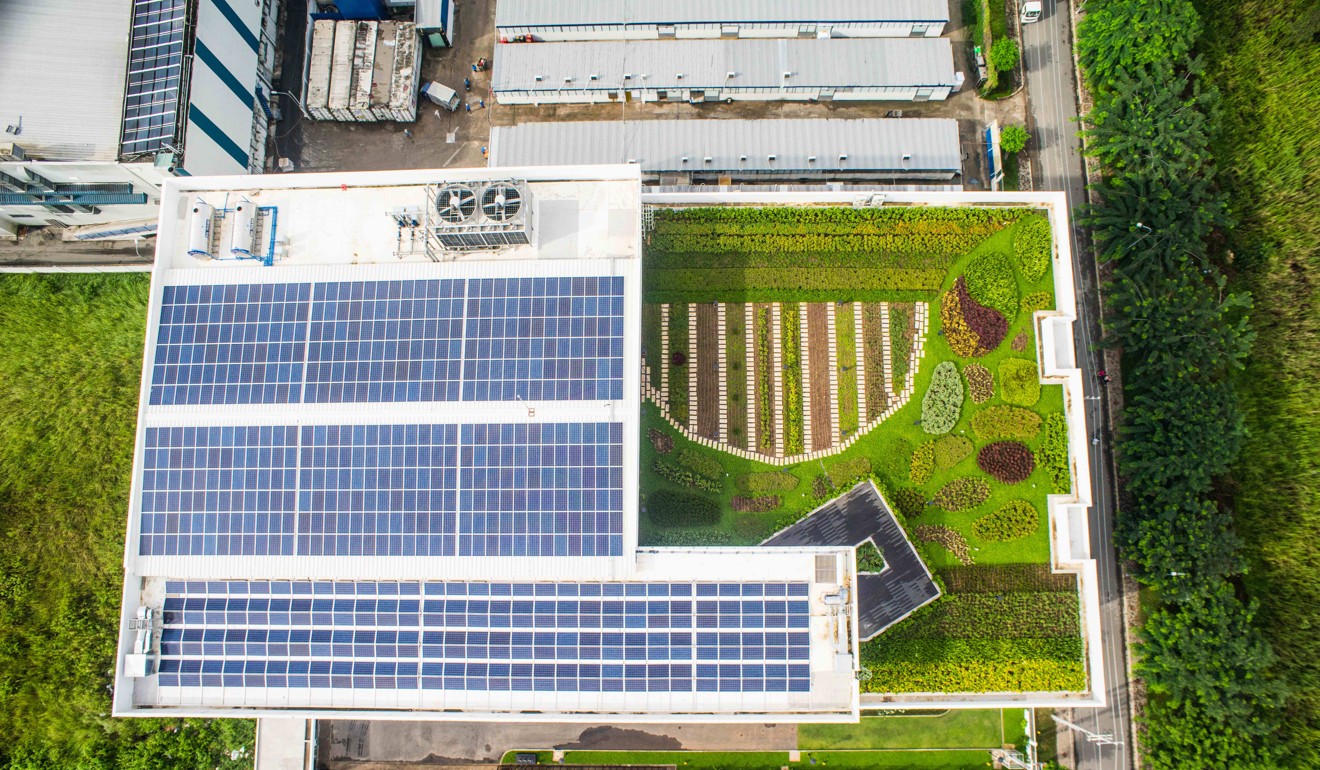
The 18,000 square metre facility opened in November this year and is equipped with solar panels to provide up to 20 per cent of the energy required for operations during the droughts experienced in the dry season.
The building is certified under the internationally recognised LEED and Lotus standards. Hebestreit says he hopes the factory will be recognised for its eco-friendly and sustainable operations.
The lack of clean water supplies in Vietnam, and the production of waste water, are a major environmental concern. Cutting back on water usage during the production cycle is a priority for the industry.
Recycling the water used to wash fabrics is one way factories try to be more eco-friendly, said Vincent Cheng, director of JG Consulting, a management consulting company that works with apparel firms on improving production efficiency and quality.
“There’s a process where they can reuse the water [used to wash the textiles] for something like washrooms … There’s also something called ozone wash where, instead of using chemicals to strip the colour from textiles, they use ozone [a gas which requires less water],” he says. Phong Phu Joint Stock Company is one Vietnamese garment maker that employs this method.
Maxport, a well-known manufacturer for Patagonia, Nike, Arc’teryx and Lululemon, is another facility that has incorporated sustainable practices into its factory in Vietnam.
“From the start of building their infrastructure they built eco-friendly features into the building itself. Some of the buildings don’t rely on air conditioning, they plant trees around the factory so when the wind blows it creates a cooling effect from the trees,” says Cheng. The factory is built on an elevation, which helps the process.
Ultimately, foreign garment makers who are new to the nation have an easier time implementing eco-friendly and sustainable processes in their factories because they come onto the scene knowing what their clients want.
“In Vietnam, foreign investors have a chance to start things over again. And they have these [environmentally minded] outdoor apparel customers, so when they go to Vietnam they already have this mindset [to be eco-conscious],” says Cheng.
“[But] a lot of the times it’s not you say and they do,” he cautions. “The management and clients need to have that commitment.”
(Source: http://www.scmp.com/lifestyle/fashion-luxury/article/2125808/how-vietnam-could-upgrade-its-textiles-industry-become-eco)

 Tiếng Việt
Tiếng Việt
